Safety is a number one priority in aviation, with effective communication being an essential contributing factor. Slight misunderstandings in language between pilots and air traffic controllers (ATCs) could affect the meaning of a message and become an obstacle that could lead to severe consequences. Introducing language proficiency requirements to demonstrate adequate knowledge of English is an extra layer of safety since there is less room for error or misinterpretation. Pilots and ATCs require intensive training throughout their careers, and demonstrating language proficiency is one of them. Effective communication is key to a successful relationship, which couldn’t be more applicable in this field.
A universal aviation language had to be established for pilots and ATCs to communicate clearly and efficiently worldwide. Both parties work closely together to exchange crucial information about the aircraft, flight, crew members, and passengers, as well as other external factors and situational awareness that help ensure safe and efficient operations.
Since miscommunication and language barriers are human errors that could gravely impact flight safety and put those on board at risk, the International Civil Aviation Organization (ICAO) established English Language Proficiency (ELP) requirements for pilots and ATCs. As English was chosen as the language of the skies at the Chicago Convention in 1944, ICAO first began addressing language proficiency for pilots and ATCs in September 1998. In 2008, an ELP test was established as part of the requirements for pilots and ATCs to be fully qualified.
Aviation English is known globally for the phonetic alphabet. The phonetic alphabet is called the International Radio Telephony Spelling Alphabet, the International Civil Aviation Organization (ICAO) phonetic alphabet, and the North Atlantic Treaty Organization (NATO) phonetic alphabet. The phonetic alphabet consists of distinct words assigned to each letter of the English alphabet.
While alphabet spelling was used in several ways throughout the history of aviation, naval communication and radio communication, the International Radio Telephony Spelling Alphabet was introduced in 1951.
An advantage of having a standard language for pilots and ATCs to communicate is that pilots flying in the same airspace can monitor air traffic transmissions and increase their situational awareness.
The ELP rating scale established by the ICAO encompasses six levels, from Level (1) “pre-elementary” to Level (6) “expert.”
Pilots and ATCs must demonstrate at least Level (4) “operational” proficiency, which calls for vocabulary that is “usually sufficient” to communicate on work-related topics and comprehend discussion of those topics and to engage in exchanges “even when dealing with an unexpected turn of events.” It includes pronunciation and basic grammatical structure requirements, and stresses that the person must “[deal] adequately with apparent misunderstandings by checking, confirming, or clarifying.”
Regardless of the proficiency level, testing assesses Pronunciation, Structure, Vocabulary, Fluency, Comprehension, and Interaction https://www.catc.or.th/Test/ICAOLanguageProficiencyRatingScale.pdf
The validity of the test depends on the proficiency level acquired. Those who dominate the language at the expert level (6) need not be re-evaluated. Those at level (4) must test every three years, while those at level (5) every five years.
Communication Errors
Communication Errors are one of the biggest causal factors in both level busts and runway incursions in aviation.
The information and instructions transmitted are of vital importance in the safe and expeditious operation of aircraft. Incidents and accidents have occurred in which a contributing factor has been the use of non-standard procedures and phraseology.
Phraseology has evolved over time and has been carefully developed to provide maximum clarity and brevity in communications while ensuring that phrases are unambiguous. Below are a few tips through which errors can be mitigated:
- Adhere to standard communication procedures and radio phraseology including readback unless - callsign abbreviation has been introduced by ATC, specifically adapting the callsign to mitigate the risk of callsign confusion.
- Not clip or cut off transmissions.
- Report to ATC immediately all deviations from a previously received clearance, as soon as they are identified.
- Always use headsets during times of high workload.
- At critical stages of flight, actively monitor ATC instructions and compliance with them.
- Request clarification should any ATC communication be unclear, or whenever any flight crew member is in doubt regarding a clearance, or an instruction received.
- Always question unexpected instructions for any phase of flight.
Each ATC clearance should be readback by the Pilot Monitoring and confirmed by the Pilot Flying prior to acting on the clearance. Where a single pilot is acting as both the Pilot Flying and Pilot Monitoring an additional confirmation readback should be given to the ATC prior to executing a clearance.
For Example:
ATC - “Super 123, descend FL100”.
Pilot – “Descend FL100, Super 123” (Confirmation 1) Pilot – “Super 123, leaving FL400 descending FL100” (Confirmation 2).
The introduction of Controller Pilot Data Link Communications (CPDLC) is a step in the right direction for safer and more efficient skies
Controller Pilot Data Link Communications (CPDLC) is a means of communication between ATCs and pilots, using data links for ATC communications. (ICAO Doc 4444: PANS-ATM). Typically, communication between ATCs and pilots is done through radio calls either over VHF for short-range communications (e.g., operating over the U.S. or Europe) or HF for long-range communications (e.g., over oceanic areas). Radio communication suffers from several serious drawbacks:
It is limited to one radio call at a time, and if two stations call simultaneously, often neither is decipherable – you will often hear pilots call “blocked” on the frequency, and the calls must be repeated.
Voice calls take a certain amount of time – for example, a clearance that ATC issues must be “readback” by the pilot, and that readback in turn, must be confirmed to be correct by the ATC.
In some areas, poor reception and signal distortion is particularly relevant for long-range HF radio calls.
The advantages of CPDLC
- Increased ATCs efficiency by reducing required communications and reducing ATCs workload.
- A reduction in possible voice communication errors by both pilots and ATCs due to language barriers.
- Reducing the chance of VHF frequencies being “blocked” by simultaneous transmissions increases airspace utilization.
- Allowing different communications at the same time, thereby increasing the speed of communication.
To conclude Aviation English proficiency mustn't be limited just for the pilots and ATCs but also other departments within the aviation industry, e.g., Airline Dispatch, Engineering, Cabin Crew, Ground Services, Medical Services, Emergency Services, to name a few. This will ensure an equitable standard within the industry in maintaining a safe environment.
This article was first published in the April 2022 edition of 100 Knots Magazine.
Read next
India Infrastructure Finance Company Limited approves INR 8,800 Crore Loan for Airports & Civil Aviation Infrastructure Development in India
Radhika Bansal
09 Oct 2023
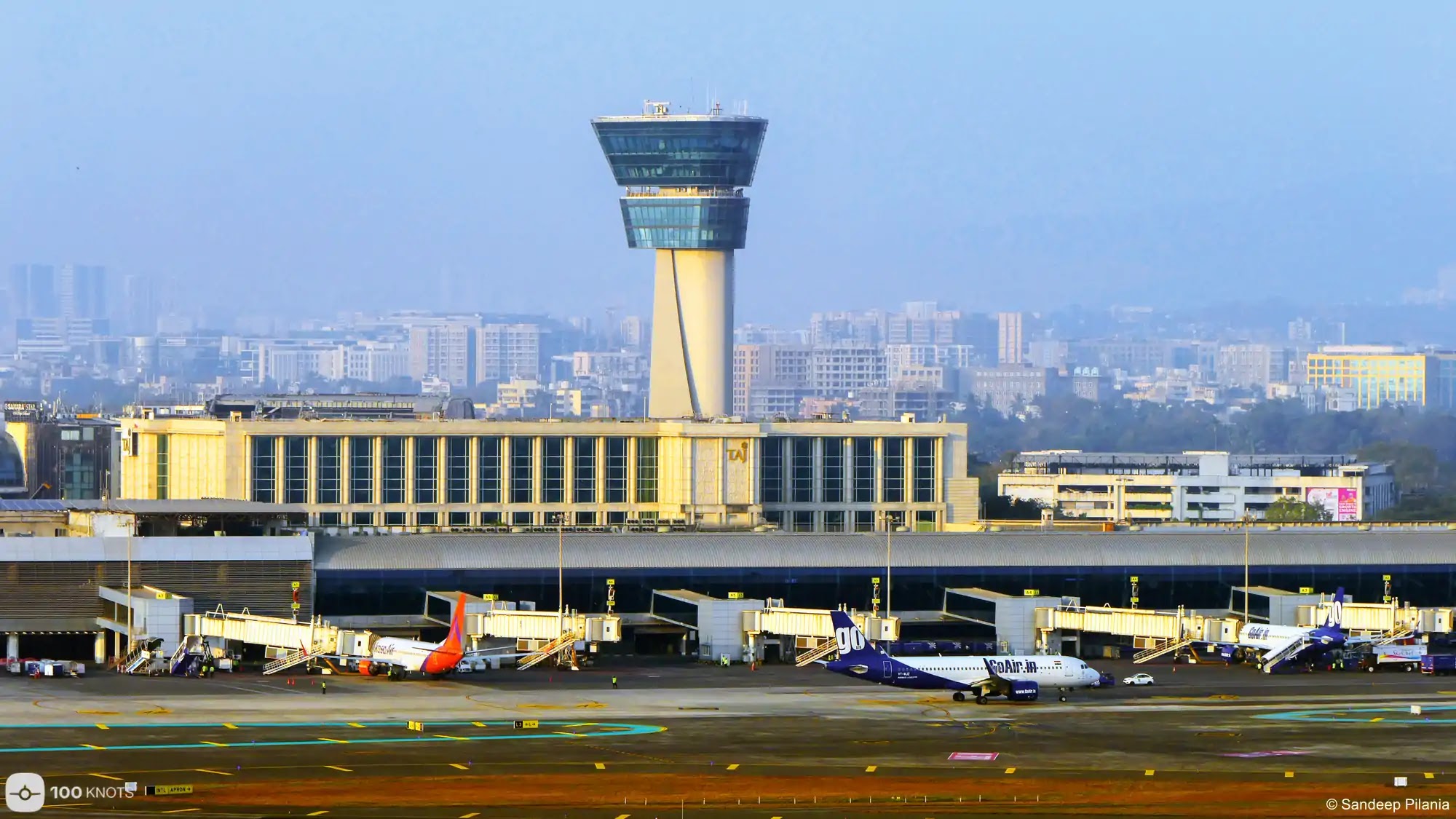
India Infrastructure Finance Company Limited (IIFCL) approved loans worth INR 8,800 crore for airports and civil aviation infrastructure development in the country, reported PTI, quoting Managing Director PR Jaishankar.
The government has an ambitious target to develop the civil aviation sector in the country, and to realise the dream, huge investment is required, he noted. "So far, the IIFCL has sanctioned loans of about INR 8,800 crore with the disbursement of around INR 4,000 crore for the development of airport projects," PTI quoted him as saying.
The company is one of the major financiers of airports in India and has supported airports with a total project outlay of about INR 74,000 crore, he said, adding that IIFCL is present in almost all major airports of the country. Over the past few years, India has seen massive growth in the airport sector with increasing investments from both government and private sector, mainly due to a rising proportion of middle-income households, infrastructure build-up at leading airports and supportive policy framework.
As a result of expansion, the passenger handling capacity is expected to increase from the existing 350 million per annum to 500 million per annum by the end of the current financial year and 2 billion by 2047.
IIFCL will continue to extend its support to develop world-class airport infrastructure in India and explore opportunities in funding the greenfield airport projects, as well as maintenance, repairs and overhaul (MRO) facilities under the PPP mode by way of term loan, subscription to bonds, refinancing, or credit enhancement etc, Jaishankar said.
Highlighting the importance of the airport sector, Jaishankar said it holds the potential to provide a huge positive impact on the economy, with an economic multiplier of 3.1 and an employment multiplier of 6. To meet the growing demand for air travel in India, he said, it has become imperative to increase the capacity of airport infrastructure. According to the National Infrastructure Pipeline (NIP), about INR 91,000 crore capex has been envisaged for the civil aviation sector in the five years till FY25.
The past few years witnessed spectacular growth in India's aviation industry. The development in the industry was led by the increasing trend of air travel among a large number of middle-income households. The rising number of air passengers was complimented by infrastructure build-up at leading airports and a supportive policy framework.
The number of airports has almost doubled from 74 in 2014 to 148 in 2023, giving a boost to regional connectivity. The government has additionally given in-principle approval for setting up 21 greenfield airports across the country. India's aviation industry has seen a remarkable boost in recent years facilitated by the government's investor-friendly legislation, supportive ecosystem and growing demand. The aviation industry in India is the third-largest and fastest-growing in the world, expanding at a rate of about 10 per cent during the last decade, roughly 2.5 times the global average.
About India Infrastructure Finance Company Limited (IIFCL)
IIFCL is a wholly-owned Government of India company set up in 2006 to provide long-term financial assistance to viable infrastructure projects through the Scheme for Financing Viable Infrastructure Projects through a Special Purpose Vehicle called India Infrastructure Finance Company Ltd (IIFCL), broadly referred to as SIFTI.
The authorized and paid-up capital of the company stood at INR 10,000 Crore and INR 9,999.92 Crore, respectively as of 30 June 2023. IIFCL has been registered as an NBFC-ND-IFC with the Reserve Bank of India (RBI) since September 2013 and follows the applicable prudential norms of the RBI.
As a long-term lending institution, IIFCL is amongst the most diversified public sector infrastructure lenders in terms of eligible infrastructure sub-sectors and product offerings. It has the mandate to finance both green-field and brown-field projects, covering Direct Lending, Takeout Finance, Refinance and Credit Enhancement, across all infrastructure sub-sectors as notified by the Government in the Harmonised Master List of Infrastructure Subsectors. These broadly include transportation, energy, water, sanitation, communication, social and commercial infrastructure.
On a standalone basis, till 30th June 2023, IIFCL has made cumulative gross sanctions of about INR 2,26,558 Crore to more than 700 projects under Direct Lending, Takeout Finance and Refinance, Credit enhancement, InVIT and Bonds. Cumulative disbursements under these schemes stood at INR 1,09,491 Crore to more than 450 projects as of 30 June 2023.
Read next
All Nippon Airways Unveils Sustainable Dash 8-Q400 as Part of Future Promise Initiative
Abhishek Nayar
09 Oct 2023
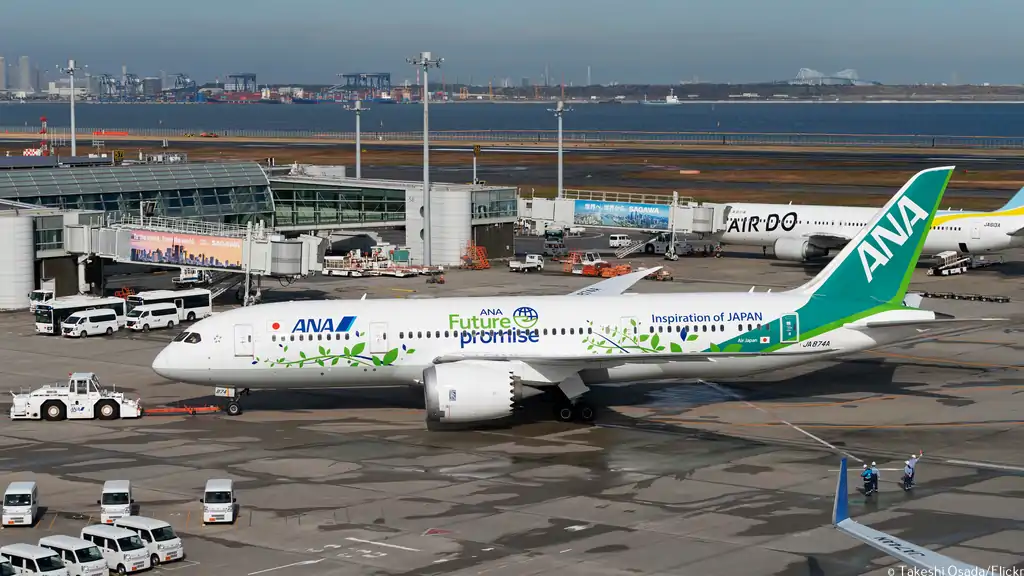
ANA Future Promise Initiative
The AFP initiative encapsulates ANA's dedication to various aspects of environmental, social responsibility, and governance (ESG). Junko Yazawa, Senior Vice President of Customer Experience Management and Planning at ANA, stated, "ANA is committed to accomplishing its sustainability goals and being a leader in the aviation industry, and the ANA Future Promise Jet and Prop symbolizes our ongoing efforts." The airline remains steadfast in its mission to reduce emissions and plans to invest in industry-leading sustainability practices and innovations.
Sustainability Measures
Beyond the eye-catching livery, the 2012 Dash 8-Q400, registered as JA461A with MSN4430, incorporates several sustainability measures. These include:
- Environmentally Friendly In-Flight Service Items: ANA will utilize in-flight service items made from environmentally friendly recycled materials, reducing waste and promoting sustainability.
- CO2 Emissions Reduction: The airline will implement flight operations aimed at reducing CO2 emissions, contributing to its environmental objectives.
- Aerodynamic Innovation: The aircraft is equipped with a riblet-treated film, similar to Lufthansa Technik AeroSHARK, to reduce air resistance, minimize drag, and subsequently lower emissions. This initiative is a result of a technical cooperation with Nikon Corporation.
Safety and Sustainability at the Core
ANA's commitment to sustainability extends even to the most fundamental aspects of air travel. The airline has chosen to replace traditional plastic safety cards with cards made from Karastic, a material derived from recycled scallop shells. Collaborating with Koushi Chemical Industry, ANA aims not only to reduce waste and plastic usage but also to support regional revitalization and economic development.
Apple Waste to Vegan Leather
In a unique and innovative move, ANA is making use of apples from Aomori Prefecture, known for Japan's finest apples, to create vegan leather headrest covers for the Future Promise Turboprop. A company called "Appcycle" transforms apple residue and discarded peels from the juice-making process into high-quality vegan leather, which finds its place on ANA aircraft. This initiative not only addresses the issue of apple waste but also aligns with ANA's sustainability and social responsibility goals, supporting local economies and sustainable development.
Conclusion
All Nippon Airways' introduction of the Future Promise Dash 8-Q400 is a testament to its unwavering commitment to sustainability and environmental responsibility. Through this initiative and the integration of various sustainable measures, ANA is taking concrete steps towards reducing its carbon footprint and raising awareness about the importance of sustainability within the aviation industry. As the Future Promise Prop takes flight on domestic routes from October 23, 2023, it sets a noteworthy example for the future of eco-conscious air travel.
With Inputs from ANA
Read next
EasyJet Faces Challenges and Opportunities Ahead of Fiscal Year 2023-2024
Abhishek Nayar
09 Oct 2023
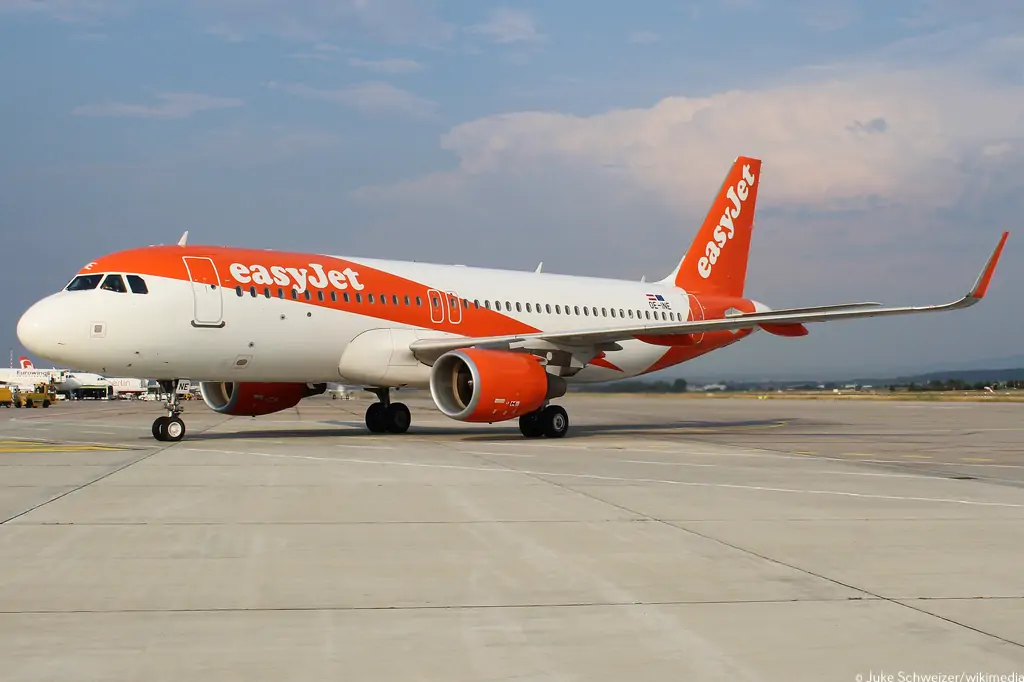
As easyJet prepares to notify its shareholders about its performance over the fiscal year on Thursday, October 5, 2023, investors are eagerly anticipating the results. The airline, which has seen a soaring share price over the previous year, faces many opportunities and challenges that will shape its future.
Share Price Soars, but Not Without Turbulence
Over the past 12 months, easyJet's share price has experienced a remarkable 52% increase, which has garnered the attention of investors and analysts alike. However, this impressive growth conceals moments of concern, notably a series of issues with National Air Traffic Services (Nats) during the summer. Outages caused disruptions to dozens of flights in August and September, leading easyJet CEO Johan Lundgren expressed disappointment in Nats for "letting down customers."
Sophie Lund-Yates, lead equity analyst at Hargreaves Lansdown, highlights the importance of understanding the extent of the damage to the airline's bottom line due to air traffic control constraints. She also emphasizes that these disruptions should not be seen as a long-term indicator of the group's health, underlining the significance of assessing booking momentum as the new fiscal year begins.
Rising Costs and Energy Price Concerns
The travel industry, including easyJet, continues to grapple with various pressures. The surge in energy prices has amplified these challenges. In recent months, there has been a modest but steady increase in oil prices, which has had a notable impact on EasyJet's shares, causing them to lose approximately 10% of their value in the last six months. Fuel, being an essential input cost for airlines, is directly affected by rising energy prices. Moreover, higher energy costs could potentially crimp consumer spending, further affecting the airline's profitability.
Russ Mould, the investment director at AJ Bell, points out that this decline in share value may be attributed to the resurgence in oil prices. He highlights that despite an optimistic third-quarter trading update provided by CEO Johan Lundgren in June, investors are keen to see if any profit forecasts for the 12 months to September 2024 will be disclosed. Mould notes that the current expert consensus predicts a further increase in pre-tax earnings to £552 million, though this figure still falls below the all-time high of £686 million seen in 2015.
Looking Ahead: Challenges and Opportunities
As easyJet moves forward, it faces both challenges and opportunities. The impact of air traffic control disruptions, energy price fluctuations, and cost-of-living pressures will continue to be significant factors to monitor. The airline must demonstrate its ability to adapt to these challenges while maintaining its resiliency.
Additionally, investors are eager to learn about easyJet's objectives and profit forecasts for the upcoming fiscal year. Whether the airline can reach or surpass its previous earnings peak remains a point of interest.
Conclusion
While easyJet's soaring share price over the past year is commendable, it is essential to recognize the airline's underlying challenges and uncertainties. Investors, analysts, and stakeholders will closely scrutinize the upcoming shareholder notification on October 5, 2023, for insights into the airline's strategies and fiscal year 2023-2024 plans. EasyJet's ability to navigate these challenges while capitalizing on opportunities will ultimately determine its future success in the dynamic aviation industry.
With Inputs from Evening Standard
Read next
Aviation Working Group Raise Outlook of India's Aircraft Leasing Compliance Index to Positive
Radhika Bansal
09 Oct 2023
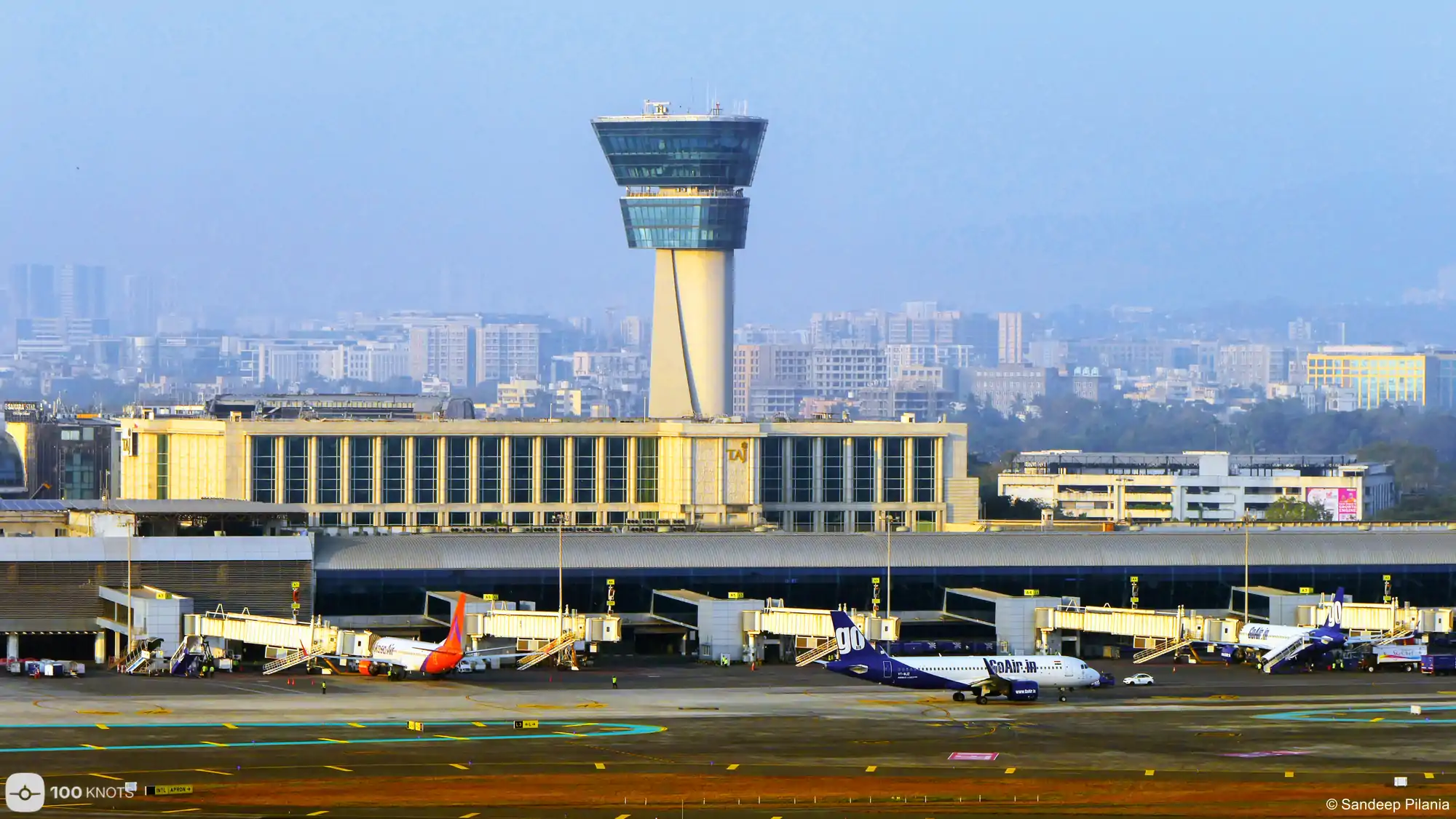
The Aviation Working Group (AWG), on October 6, raised the outlook of India's aircraft leasing compliance index, just a day after the country amended its insolvency law to exclude leased aircraft from assets that can be frozen.
The AWG — a not-for-profit legal entity comprised of major aviation manufacturers, leasing companies, and financial institutions — has revised its aircraft leasing compliance outlook for India to positive just 10 days after issuing a negative outlook for India on September 27. The AWG includes Boeing and Airbus.
"The Moratorium Exclusion disapplying the general moratorium provisions under IBC 2016 for CTC transactions is a material development affecting CTC compliance in India and a positive development relating to India’s CTC obligations," the AWG said in a notification.
The Ministry of Corporate Affairs (MCA) decision to exempt agreements relating to aircraft, aircraft engines, airframes and helicopters from the moratorium prescribed under the Insolvency and Bankruptcy Code, (IBC), 2016, was made to ensure rationalization of future lease rates, a senior government official was quoted by MoneyControl.
The AWG assigns its aircraft leasing compliance outlook based on the terms and conditions of the Cape Town Convention. Under the Cape Town Convention (CTC), lessors can take back the possession of aircraft leased to airlines. India is a signatory of CTC. The Cape Town Convention is a global treaty designed to increase the financing and leasing of aircraft, engines and spare parts by reducing a lessor's risk and by enhancing legal predictability in these transactions, including in the case of an airline's insolvency or default.
AWG had issued India a negative outlook after leasing firms could not take back their aircraft from bankrupt Go First. Since Go First is undergoing an insolvency resolution process, a moratorium is in place and lessors are locked in a legal battle with Go First for taking back the leased planes.
Despite, revising its outlook for India, the AWG has left the country on its CTC Compliance Watchlist. "While the country remains on the CTC Compliance Watchlist (the ‘watchlist’), its scorecard should be viewed with caution as it does not yet reflect the potential impact of ongoing material developments resulting in the watchlist placement," the AWG said.
AWG Downgrading India's Rank
AWG on September 27 had said that CTC remedies have not been made available to lessors nor have lessors been able to access aircraft to determine that their aircraft are being maintained by the leases as required by CTC. The actions and inactions in the GoFirst insolvency proceedings are developments that materially and negatively implicate CTC non-compliance in India, it said, and added that the country's variable A score is projected to be materially reduced under the compliance index formula from 3.5 to projected 2. Variable A pertains to legislation, regulations, and rules impacting CTC implementation.
Budget carrier Go First stopped flying on May 3 amid the grounding of many of its aircraft due to engine issues that resulted in financial woes. Go First had on May 2 filed a plea for voluntary insolvency resolution proceedings before the National Company Law Tribunal (NCLT). It filed its petition under Section 10 of the Insolvency and Bankruptcy Code to initiate insolvency against itself. The plea is different from Sections 7 and 9 where the financial and operational creditors, respectively, take the corporate debtor to the National Company Law Tribunal (NCLT) in case of default in payment of dues.
Commenting on the development, Vinay Dube, Founder and CEO, of Akasa Air said, “We applaud the government and the Honourable Minister for Civil Aviation for this progressive step, that cements into law the tenants of the Cape Town convention. The Indian aviation industry is set to grow multi-fold in the coming years. Currently, close to 80% of aircraft in India are leased, and as players continue to expand their operations, and the industry carves space for new players, India will need continued support from lessors to cater to this growth. The latest amendment to the IBC will encourage lessors to collaborate with Indian airlines by leasing more aircraft, at commercially favorable rates.”
(With Inputs from MoneyControl)
Read next
In a significant development for India's aviation industry, ModAir Aviation, an Indian leasing firm, recently acquired its fourth aircraft through IFSC GIFT City. This strategic move is set to transform the landscape of aircraft leasing in the country.
IFSC GIFT City: A Hub for Aircraft Leasing
IFSC GIFT City, located in Gujarat, has emerged as a premier destination for aircraft leasing activities in India. The International Financial Services Centre Authority (IFSCA) approved a comprehensive framework for aircraft leasing in February 2021, opening the doors to numerous leasing companies to establish themselves within the city's boundaries.
ModAir Aviation's Expansion
ModAir Aviation's recent acquisition of its fourth aircraft through IFSC GIFT City highlights the growing trend of aircraft leasing in India. The leasing firm is set to induct its fifth and sixth aircraft within the next ten days, indicating a robust demand for leased aircraft in the country.
The Cost Factor
According to IFSC sources, ModAir's latest acquisition comes at a price range of $2-3 million. These aircraft are intended to be utilized by flying training organizations, emphasizing the diverse applications of leased aircraft in India's aviation ecosystem.
Air India's Pioneering Role
Air India, the country's flagship carrier, took the lead in establishing a leasing operation within IFSC GIFT City. The airline's ambitious project involves the leasing of six A350s, which are scheduled to join the Tata-owned carrier's fleet. This initiative is managed through AI Fleet Services IFSC Limited, with a projected cost of Rs. 7,253 crores, signifying the substantial investments being made in aircraft leasing.
IndiGo's Entry into the Fray
India's leading low-cost carrier, IndiGo, has also recognized the potential of aircraft leasing in IFSC GIFT City. The airline has set up its firm in the financial center and plans to invest Rs. 30 crores in this venture. This move underscores the commitment of major players in the industry towards leveraging the opportunities offered by IFSC GIFT City.
The Expanding Ecosystem
IFSC GIFT City's aircraft leasing ecosystem is witnessing rapid growth. With 22 leasing companies already established in India, and over 100 assets being leased, the city is emerging as a key global hub for aircraft leasing. Vman Aviation holds the distinction of being the first company to enter this burgeoning sector.
Conclusion
The development of aircraft leasing in IFSC GIFT City is a game-changer for India's aviation industry. ModAir Aviation's latest acquisition, coupled with Air India and IndiGo's ventures, highlights the immense potential of this emerging sector. As more companies set up shop in IFSC GIFT City, the Indian aviation landscape is poised for significant transformation, promising a brighter future for the industry as a whole.
This growth in aircraft leasing is not only beneficial for airlines but also for the broader Indian economy, attracting investments and generating employment opportunities. With the right policies and continued support, IFSC GIFT City is on track to become a global leader in aircraft leasing.
With Inputs from Business Line




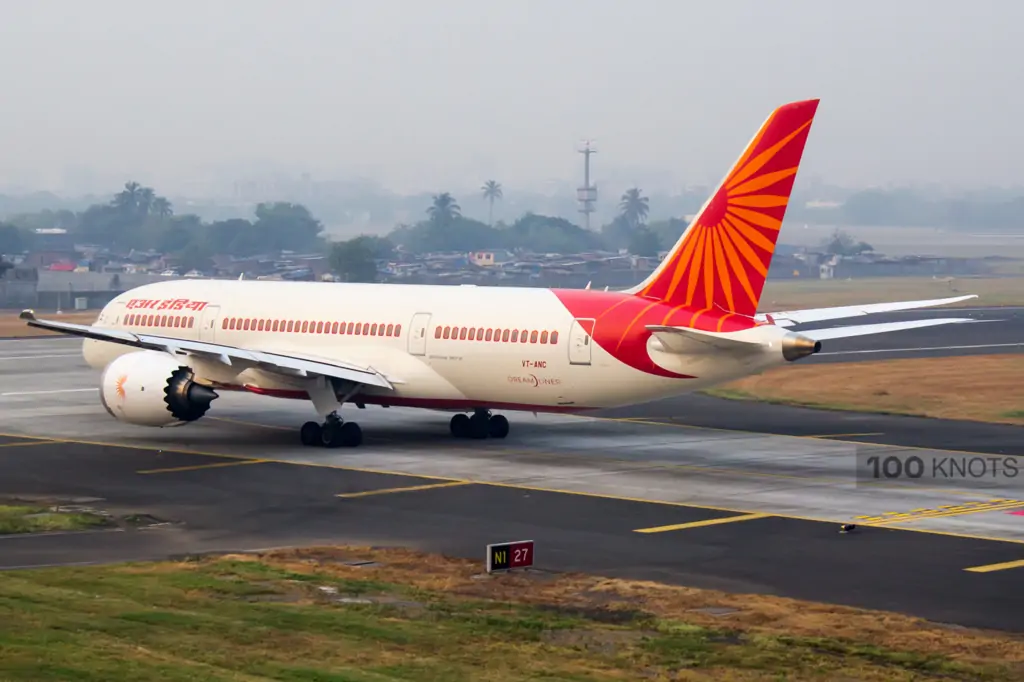
Comment